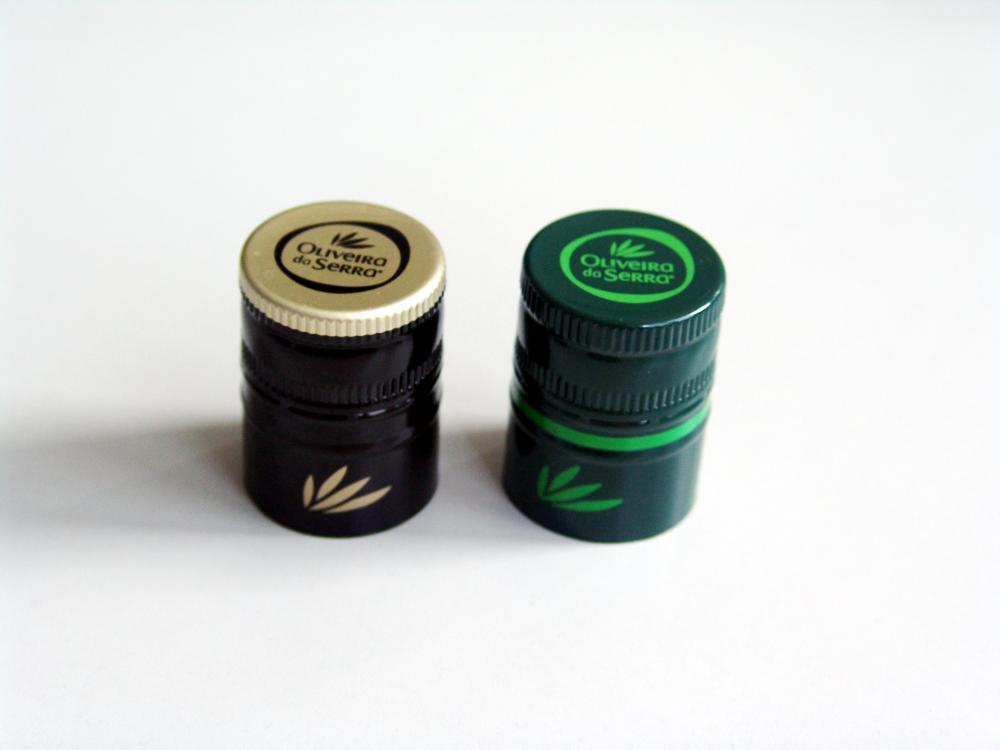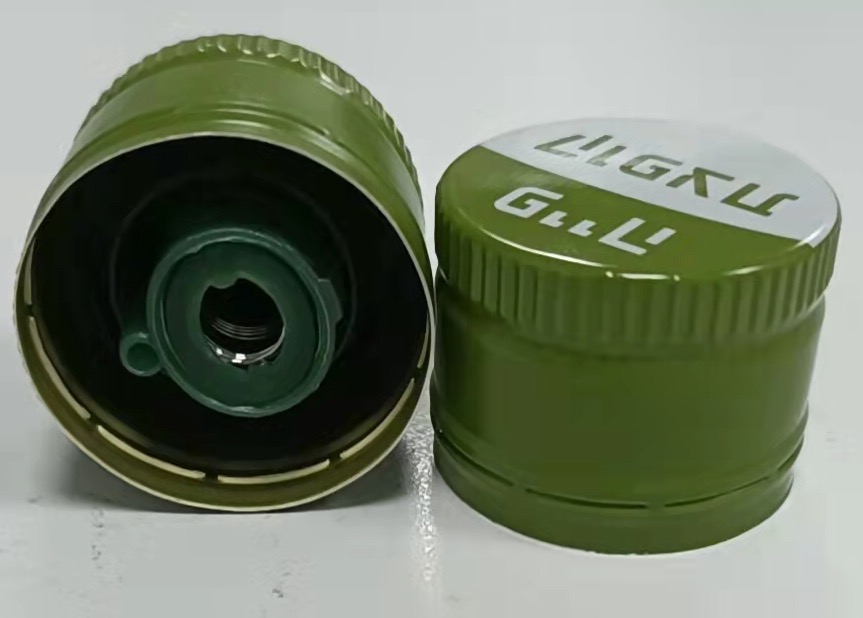Centrifugal pumps, except for self-priming models, must be filled with water before operation. If the pump and the suction pipe are not properly primed, the pump will not function correctly. A common issue is that the pump fails to start due to air trapped inside, which prevents proper water intake.
There are several methods to fill a centrifugal pump with water. One traditional approach involves using a foot valve, a one-way device installed at the inlet of the suction pipe. While effective, this method can cause significant head loss, reducing overall system efficiency. An alternative is the bottomless valve filling technique, which saves energy—up to 10% to 15% more than systems with foot valves. This method is particularly beneficial in large-scale pumping stations.
For small pumps with an inlet diameter less than 300mm, manual water filling is often used. This involves pouring water into a vent located on the top of the pump housing using a funnel or an inverted bottle. In some cases, water can also be added through the outlet port if the pipeline is short. This method is simple and cost-effective, commonly used in rural irrigation setups where additional equipment is not available.
Another method involves starting the pump by introducing water from the outlet side. This helps remove air from the system over time, allowing the pump to operate normally after a few minutes of continuous flow. It’s especially useful when no foot valve or check valve is installed.
For more efficient and automated systems, a vacuum tank can be used. The tank is typically made of metal, with a volume at least three times that of the suction pipe. It should be placed close to the pump, slightly below the pump's axis. When the pump starts, it draws water from the tank, creating a vacuum that pulls water from the source. This method reduces hydraulic losses, improves efficiency, and simplifies automation.
Jet pump techniques are another option, particularly for diesel-driven systems. Exhaust gas from the engine can be directed through a jet pump to create suction and remove air from the system. This eliminates the need for a foot valve and improves overall efficiency.
Manual pumps are also widely used in rural areas. Farmers can use their own hand pumps as vacuum devices to prime the centrifugal pump. This method is economical and practical, helping eliminate the need for additional components like foot valves.
Self-priming pumps are designed to handle air and do not require external priming. However, they may not fully utilize the pump’s suction capacity and can be more expensive to install. For semi-submerged pump houses, water can be introduced without manual intervention, though this may limit operational flexibility.
The self-hanging water flooding method uses the density difference between water and air to replace air with water. A gas exchange tank is placed near the pump inlet, and repeated cycles of filling and venting help remove air from the system. This method is low-cost, easy to implement, and energy-efficient.
For larger pumping stations, vacuum pumps are often used. These units consist of a water ring vacuum pump, which creates a vacuum by rotating an impeller inside a cylindrical casing. Water is injected into the pump to form a rotating ring, which helps draw air out of the system. Vacuum pumps are ideal for high-automation settings and reduce startup time significantly.
In conclusion, proper priming is essential for the efficient operation of centrifugal pumps. With ongoing research and innovation, new methods continue to emerge, aiming for convenience, practicality, and high performance. As technology advances, water filling techniques will become even more effective, supporting the growth of modern irrigation and drainage systems.
Seasoning Closures

Seasoning closures,
Features:
1) Size:31.5*44mm/31.5x24mm
2) Material: aluminium with plastic fitments/Ropp closures
aluminum 8011 Thickness:23mm
PC/HDPE/LDPE/ABS Polymer/MBS Polymer
3) Proof pilfer:anti-false
4)
Non Refillable Closures included
5) Liner option: Tin Saran/Sarannex/Pe from German Meyer
6) Printing: Top and side offset printing, multicolor accepted
7) Varnish: Gloss/satin/matt
8) Art works:flat printing, offset side printing, knurling, bridges, top embossing with
color. All lacquer coating ink liner related are used on the product are approved by FDA.
Our company has passed through ISO2000 and QS authority approval.
9) Packing: 555X375X395mm
1,300pcs/box for 31.5x24mm
2,000pcs/box for 31.5x44mm
11pallets/1X20'
22pallets/1X40'
10) Delivery time: 4 weeks
11) Sample Availabe: Yes
12) Minimum order: 200,000pcs
Screw Type Closure,Seasoning Closures For Cooking,Seasoning Closures For Seasoning
Yantai Hicap Closures Co., Ltd. , https://www.hicapclosure.com

